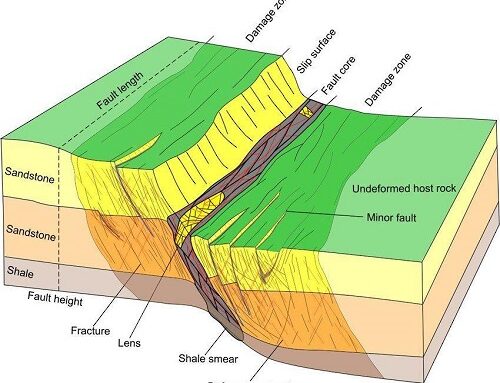Researchers of Textile Engineering Faculty have developed practical biosensors for the field of health and medical industry (prevention and diagnosis); this product is used for the field of intelligent wearable electronic devices such as wearable electronic biosensors.
Ali Seddighi, PhD candidate in nanotechnology and researcher of the project “production of wearable flexible non-enzymatic glucose biosensor production” said: as diabetes is a metabolic disorder and a global epidemic problem, WHO reported that in 2014, 422 million people around the world had diabetes. This problem is not only threatens individual health, but also is currently one of the biggest obstacles of sustainable development and economic growth.
The cost of G7 Countries on diabetes just in 2014 was estimated 414 billion dollars. In Iran, more than 1.5 million people suffer from diabetes.
As the key of diagnosis and managing diabetes patients is to control and monitor the level of glucose in the body, the glucose level must be measured frequently in order to prevent lateral effects; therefore, developing low-cost and reliable glucose sensors with high sensitivity and selectivity is very important in terms of economy and society and has led to the global importance of this issues in recent decades.
Enzymes-based electrochemical glucose biosensors are usually used to detect glucose; but the chemical and thermal stability of enzymes is affected by pH, operating temperature, partial oxygen pressure and ambient humidity level; on the other hand, permanent and non-invasive health monitoring in recent years has received more attention, which leads to emerge wearable and flexible sensors.
Flexible electronic devices and smart textiles in recent years have received considerable attention and flexible sensors can be easily used in the form of wearable devices such as smart clothes.
The aim of this project was to make a wearable flexible non-Enzymes sensor with the use of conventional textiles such as cotton fabric. Due to the convenience, availability and safety of natural fabrics such as cotton and their application in health and environmental fields, nanomaterials were separately covered on the cotton surface in order to conduct electrical conductivity and electrocatalytic properties for detection of glucose amount in the human body.
One of the most important application of wearable flexible electronical devices is sensors, especially electrochemical sensors. For this purpose, at first, it was needed to minimize the electrical resistant of cotton fabric by increasing the conductivity of textile bed with coating of metal compounds. Therefore, Nickel nanoparticles were synthesized and layered simultaneously on substrate surface by electrolysis method to make the textile conductive.
For the next layer, polyaniline polymer nanoparticles were used as a conductor, binder and accelerator of glucose oxidation and finally, copper oxide nanoparticles were coated on composite surface.
The remarkable point is the simultaneous use of different catalytic materials for electro-oxidation of glucose on surface which is chemically connected with textile surface; on the other hand, a new hybrid composition containing nanomaterials of Ni-SnOx/PANI/CuO was loaded onto a textile surface which has a very low detection limit, excellent sensitivity, high stability and optimal reproducibility which makes it an attractive option for practical use as non-enzymes glucose biosensor.
Non-enzymes biosensor can be used in health and medicine fields. They will also be used as a part of wearable electronics and smart textiles in the near future.
The innovation of this work is to use new nanomaterials and hybrid compounds and its combination with textile substrates to use as flexible wearable biosensor.
Some features of this project include significant physical and structural characterizations such as flexibility, wearability, good strength, physiological easement, easy and cheap production, ecofriendly and safe for body.
The functional features of this project include very low detection of glucose, very high sensitivity, good selectivity, good stability and good reproducibility. On the other hand, the very wide concentration range of this non-enzymes biosensor makes it possible to be used for blood, glucose detection in transpiration, salvia and even tears.
Some innovative feature of this project were: Using new nanomaterial for biosensor application, cost-effective non-enzymes compositions, easy and cheap methods to increase stability, new method and compounds to coat by nickel nanoparticles on the textile substrate, using and mixing some effective materials with optimal catalytic features to improve the biosensor efficiency.






